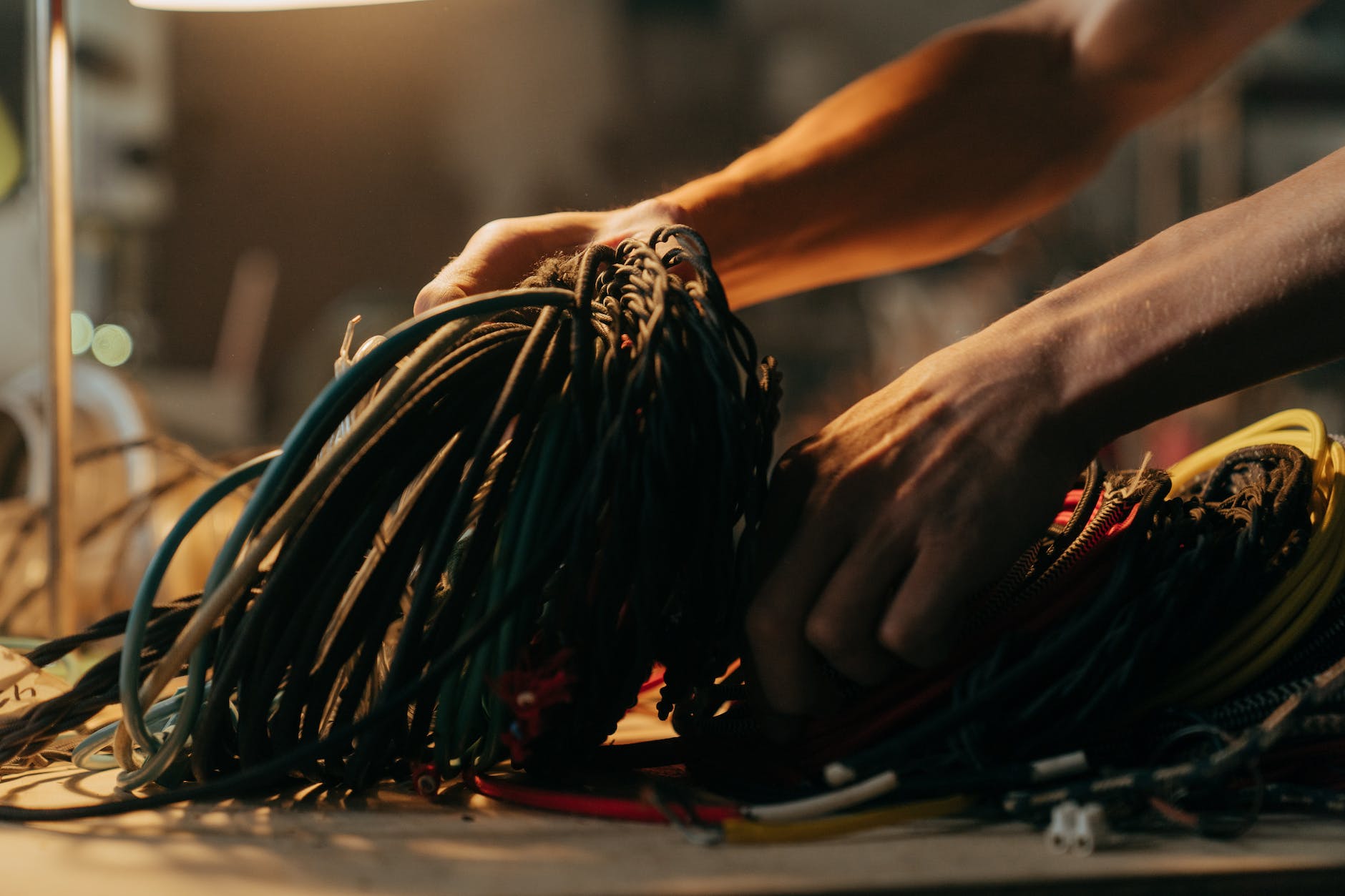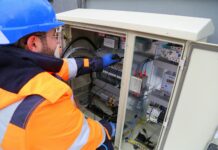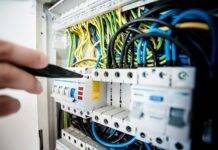
Electrical Cord Safety: Inspection and Replacement Guidelines
Introduction
Electrical cords are ubiquitous in both residential and workplace settings, serving as essential components for powering various devices and equipment. However, ensuring electrical cord safety is paramount to prevent hazards such as electrical shocks, fires, or equipment damage. This article outlines the importance of regularly inspecting electrical cords and provides guidelines for their safe use, inspection, and replacement.
The Importance of Electrical Cord Safety
- Prevention of Electrical Accidents
- Reducing Fire Risks: Regular inspection helps identify potential issues such as frayed wires or damaged insulation, reducing the risk of electrical fires.
- Avoiding Electrical Shocks: Ensuring cords are in good condition helps prevent electrical shocks to individuals coming into contact with the equipment.
- Protection of Connected Devices
- Avoiding Equipment Damage: Well-maintained cords protect connected devices and equipment from electrical issues that can result in malfunctions or permanent damage.
- Compliance with Safety Standards
- Meeting Regulatory Requirements: Regular inspection and replacement align with safety standards and regulations, promoting a safe working or living environment.
- Minimization of Workplace Disruptions
- Preventing Downtime: Proactive maintenance through regular cord inspection reduces the likelihood of sudden equipment failures, minimizing downtime in workplaces.
- Enhancement of Overall Safety Culture
- Promoting Awareness: Emphasizing electrical cord safety fosters a culture of awareness and responsibility among individuals using electrical devices.
Guidelines for Electrical Cord Inspection and Replacement
- Regular Visual Inspection
- Conduct a visual inspection of electrical cords regularly.
- Look for signs of fraying, exposed wires, or damage to the cord’s outer insulation.
- Check for Wear and Tear
- Examine the cord for wear and tear, especially at connection points or areas with frequent bending.
- Replace cords showing signs of wear to prevent potential hazards.
- Verify Proper Strain Relief
- Ensure that cords have proper strain relief where they connect to devices.
- Strain relief prevents undue stress on the cord and reduces the risk of damage.
- Inspect Plug Connections
- Check plug connections for any loose or exposed wires.
- Tighten loose connections and replace damaged plugs promptly.
- Examine for Overheating
- Investigate cords for signs of overheating, such as discoloration or a burnt smell.
- Overheating indicates potential issues and requires immediate attention.
- Evaluate Cord Flexibility
- Flexible cords are less likely to crack or break.
- Replace cords that have become stiff or inflexible over time.
- Follow Manufacturer Recommendations
- Adhere to manufacturer recommendations for cord usage, maintenance, and replacement.
- Manufacturers provide guidelines to ensure optimal safety and performance.
- Use Cord Management Devices
- Implement cord management devices, such as cable organizers or clips, to prevent cords from tangling or becoming tripping hazards.
- Well-organized cords contribute to both safety and efficiency.
- Educate Users on Safe Practices
- Provide training on safe electrical cord practices.
- Encourage users to report damaged cords promptly and instruct them on proper unplugging techniques.
- Establish a Cord Replacement Schedule
- Develop a schedule for the regular replacement of electrical cords.
- Consider factors such as usage frequency and environmental conditions when determining replacement intervals.
Conclusion
In conclusion, electrical cord safety is a fundamental aspect of maintaining a secure and functional environment. Regular inspection and adherence to safety guidelines contribute to the prevention of accidents, protection of equipment, and overall well-being. By incorporating these guidelines into daily practices, individuals can ensure the safe and reliable use of electrical cords in both residential and workplace settings.
Electrical Hazards and Control Measures
Electrical Safety Toolbox Talks
How to Make JSA for Electrical Activity
How to Make HIRA on Electrical Safety?
Frequently Asked Questions (FAQs)
- Why is regular inspection of electrical cords important?
- Regular inspection of electrical cords is important to identify potential issues such as frayed wires or damaged insulation, reducing the risk of electrical fires and shocks.
- How can users visually inspect electrical cords for safety?
- Users can visually inspect electrical cords for safety by looking for signs of fraying, exposed wires, wear and tear, proper strain relief, and any overheating indicators such as discoloration or a burnt smell.
- What are the benefits of using cord management devices?
- Cord management devices, such as cable organizers or clips, prevent cords from tangling or becoming tripping hazards. Well-organized cords contribute to both safety and efficiency.
- Why is it important to educate users on safe electrical cord practices?
- Educating users on safe electrical cord practices is important to promote awareness and responsibility. Users should be aware of potential hazards, report damaged cords promptly, and follow proper unplugging techniques.
- How often should electrical cords be replaced?
- The replacement frequency of electrical cords depends on factors such as usage frequency and environmental conditions. Establishing a cord replacement schedule, considering these factors, ensures ongoing safety and reliability.
























